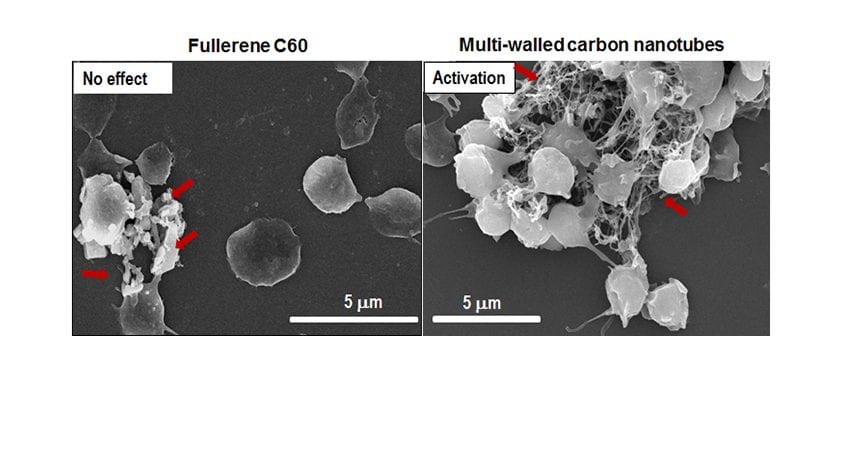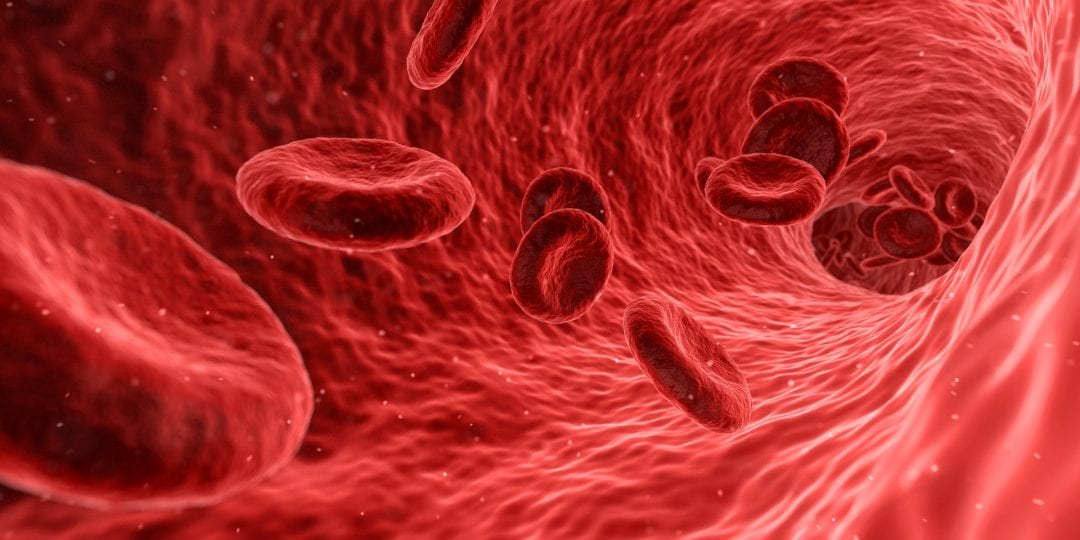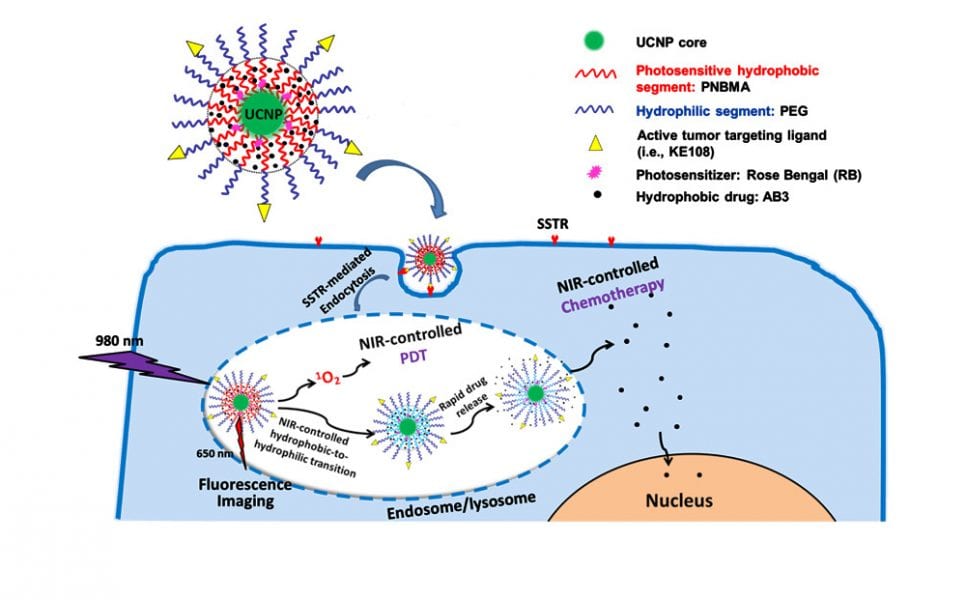Treatment options for Alzheimer’s disease are revealed in a bio-mimetic lab-on-a-chip system, modelling intracellular kinesin-microtubule transport.


Treatment options for Alzheimer’s disease are revealed in a bio-mimetic lab-on-a-chip system, modelling intracellular kinesin-microtubule transport.

Towards customizable and biomimetic 3D-printed cardiac construct with contractile properties for drug testing.

Investigating how nanomaterials interact with the components involved in blood coagulation is an important step towards utilizing nanomedicine safely without causing dysregulation of hemostasis that could result in serious thrombotic and/or hemorrhagic pathologies.

Red blood cell (RBC)-based delivery systems are emerging as natural biocarriers in a wide range of clinical applications, including blood detoxification.

CRISPR is a newly developed, but rapidly advancing, genome editing technique that has advanced the nuclear imaging field by providing a means to fluorescently label a dead Cas9 protein fused with green fluorescent protein (dCas9-GFP), allowing scientists to microscopically track where certain proteins bind to the DNA.

Upconversion nanoparticle-based micelles for neuroendocrine tumor theranostics.

Research highlights from this month’s Advanced Healthcare Materials issues.

The properties and use of thermo-responsive hydrogels in bioprinting are discussed in a recent review by R. Suntornnond et. al.

In the war against climate change two promising approaches are being developed for catalytically converting CO2 to value-added chemicals and fuels

Liposomal formulations of two novel nicotinylated amphiphiles for targeting potent chemotherapeutics to mouse glioblastoma.